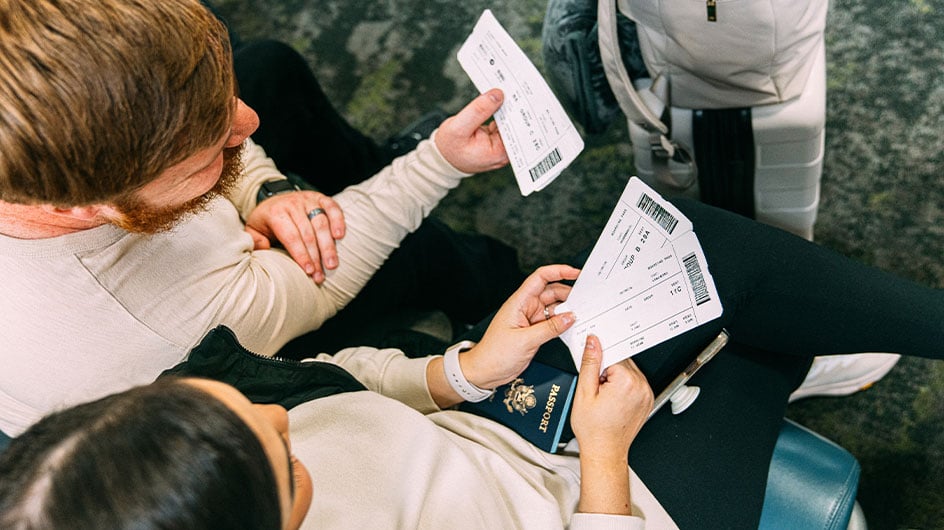
To many casual travelers, the aviation industry can appear to be filled with arbitrary codes, acronyms, and jargon—from airport abbreviations and fare classes to aircraft types and flight numbers. But this “language” has meaning, and whether you're shopping for flights or navigating the airport, knowing how to decode it can transform your travel experience.
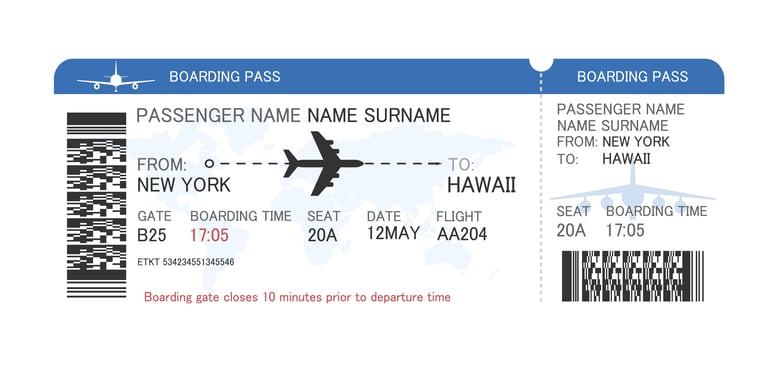
What's in a flight number?
A flight number is the unique identifier assigned to a specific airline route, often seen on tickets and airport screens. It typically consists of two parts:
- a two-character airline code
- a number that identifies the specific flight
Let's break down an example: TP217.
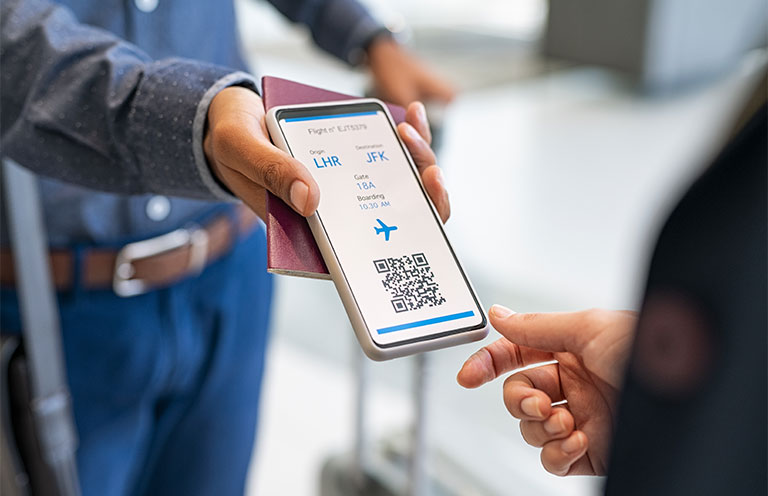
The airline code
The first part, TP, is the IATA Airline Designator Code for TAP Air Portugal.
IATA, or the International Air Transport Association, is a global trade organization for airlines. Among many things, it sets the commercial standards that power the aviation industry—such as the codes you see on reservations, schedules, boarding passes, and more.
Some airline codes are easy to recognize:
- TP for TAP Air Portugal
- UA for United Airlines
- AA for American Airlines
Others might be less obvious:
- JetBlue uses B6 (yes, numbers are allowed)
- Southwest Airlines uses WN (not SW, because SW was already taken by another airline when Southwest was founded)
The flight number
Back to our example of TP217.
Now let’s look at the second part: 217. This is the specific identifier for a flight operated by TAP Air Portugal. In this case, TP217 refers to the airline’s daily flight service from Lisbon, Portugal, to Boston, Massachusetts.
Keep in mind:
- The flight number stays the same for that route, even if different planes fly it each day.
- The aircraft registration number (the unique ID painted on the tail) will change depending on the physical plane used, but the flight number stays constant.
- One flight can be assigned multiple flight numbers. For example, TP 217 is codeshared as B6 6769. This means that while TAP Air Portugal operates the flight, JetBlue also markets and sells it. Codeshares help airlines offer tickets to destinations they do not fly to directly. They also allow airlines to provide frequent fliers with options to earn and redeem miles on more flights.
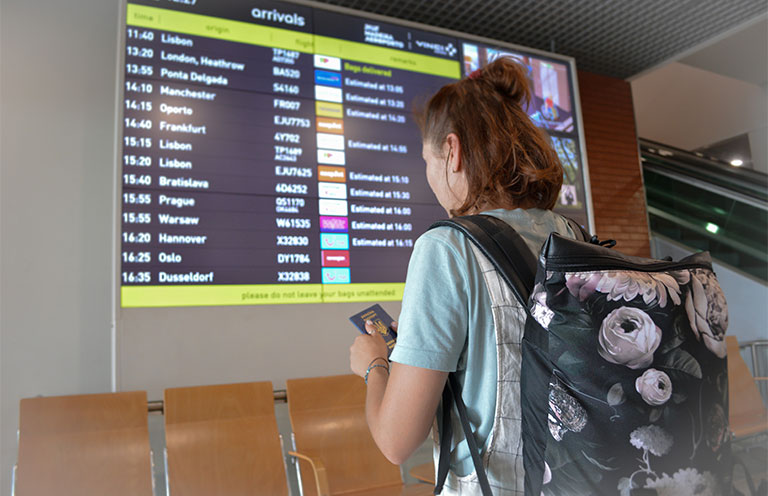
Interesting facts about flight numbers
Flight numbers are not just selected at random; they often follow certain patterns and conventions.
In the example above, TP217 is the daily flight from Lisbon to Boston. While not always the case, the return flight often carries a similar number. It's true in this scenario: The flight returning from Boston to Lisbon is TP218.
There’s another interesting detail that also follows a common (though not universal) convention. The flight heading east (TP218) has an even number, while the flight heading west (TP217) has an odd number. This eastbound-even, westbound-odd pattern is frequently used by many airlines.
Another standard convention is that lower flight numbers are typically assigned to more prominent or historically important routes. For example, one of American Airlines' flights from New York to Los Angeles is numbered AA1. In contrast, a shorter domestic route such as Dallas to Wichita, Kansas, is numbered AA5085.
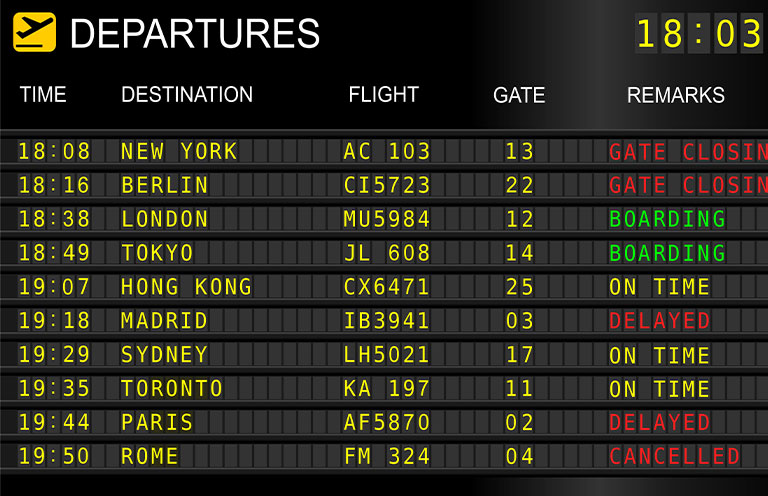
Understanding flight departure times
Flight departure times aren’t decided at random, either. They’re shaped by logistics and the hub-and-spoke model that most major airlines follow. Here’s how it works:
-
- Hubs and spokes
Airlines operate central hubs where most of their long-haul or international flights originate. Smaller cities (the “spokes”) connect to these hubs via shorter regional flights.
-
- International departures are clustered
Long-haul international flights often depart in the evening. This timing allows for arrival at the destination during daylight or convenient hours (for example, avoiding noise curfews) and efficient aircraft turnaround (planes don’t sit idle for long).
-
- Passengers connect from smaller cities
Travelers from across the country fly into the hub earlier in the day and then connect to the international flight. Depending on schedules, this can mean a tight connection or a long layover.
Why does all this matter? By understanding airline schedules and flight number conventions, you can only decode airport departure boards but also make smarter choices when shopping for flights by knowing which airline is actually operating your flight and which direction your flight is headed to plan travel times and coordinating connections. It all translates to a better, more informed travel experience.
